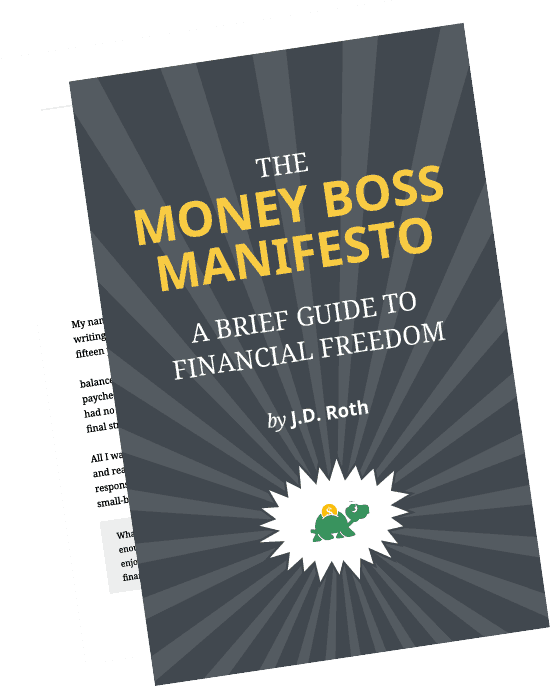For fraudsters, no target too small
A lot of people I know get at least part of their income from a side business. For instance, before I quit my job, I was freelance-writing on the side. I have friends who give private yoga lessons, who sell handmade items on Etsy, and who pet-sit. Before my mom retired, she started her sewing business and sold clothing online and at trade shows.
Technology has made it easier than ever to run these small businesses. There’s an inexpensive and time-saving solution for everything from the proposal to invoicing. In fact, my invoicing software even helps me track income and expenses, which makes life a lot easier come tax time.
There is a downside
Unfortunately, technology has also made it easier to defraud small businesses. “Fraudsters are getting more cunning everyday,” says Bill Clerico, CEO of WePay. “It is actually surprisingly easy and cheap to buy Social Security numbers online.”
A quick Google search brought up numerous examples of just how easy it is. For instance, for $10, identity thieves can access the full name, Social Security number and other personal information of a dead person, reports Blake Ellis for CNNMoney. Maintained by the Social Security Administration, the Death Master File is a list of millions of deceased Americans that was actually created to prevent identity theft.
The Social Security Administration provides the Death Master File to “the Department of Commerce’s National Technical Information Service (NTIS),” writes Ellis, “which then distributes it to more than 450 entities including state and local governments, hospitals, universities, financial institutions, insurance companies, and genealogy services. However, anyone can access the information through the NTIS website. To obtain records for one person, it costs $10. For an annual subscription with unlimited access to all of the files of deceased individuals, the price tag is $995.”
In another scam, fraudsters were using computers to find dormant Social Security numbers and sell them under another name. Usually, dormant numbers belong to children who aren’t using them because they have no spending history yet.
“If they default on their payments and the credit is withdrawn,” writes Tim Wilson for IT security news site Dark Reading, “then the same people can simply buy another number and start the process again, causing a steep spiral of debt that could conceivably go on for years before creditors discover the fraud.”
So what does all this mean for the small business owner?
Everyone is a target
“The Internet Crime Complaint Center got over 250,000 Internet fraud complaints last year with an estimated fraud loss of over $525 billion,” says Clerico, “and this is just what was reported to them.”
Merchants in the U.S. and Canada reported 2010 dollar loss of approximately $2.7 billion from online orders, according to CyberSource. (The good news is that North American losses have been down for two years in a row, according to the same CyberSource report: “CyberSource estimates U.S./Canadian merchants lost $3.3 billion in 2009, and $4.0 billion in 2008. U.K. merchants saw an uptick in their fraud rate from 1.6% to 1.9%.”)
But wouldn’t a fraudster would target a business with real money? Big money? It appears not to be the case.
For instance, the owner of “a small mail-order business located in California had to borrow from friends and family to make good on $14,000 worth of fraudulent charges made on stolen cards one year,” writes Janet Attard for Business Know-How.
Clerico gives the example of one of his customers, a T-shirt maker, who was targeted by an online fraudster. “He had an order for T-shirts, and we were able to identify through different signals that his payer was a fraudster,” he says. “That saved that small business several thousands of dollars.”
One way Clerico’s payment company is identifying fraud is through social media. “What the social data allows us to do is validate things like identity,” he says. “Social data is harder to fake. For example, it is very hard to fake years of Facebook history. So the social graph data can sometimes be more reliable.”
There are also ways that the entrepreneur can spot fraud themselves. Here are five signs that you might be dealing with a fraudster:
-
Higher-than-usual order amounts. “For example, if you’re selling T-shirts and you’re used to getting about $40 per order, and then all of a sudden someone orders 300 T-shirts for $3,000, that’s probably a sign of a fraudulent order,” writes Matt Winn, marketing communications manager at Volusion.
-
Suspicious rush orders. Particularly, be wary of rush orders for unusually large quantities. “Crooks may ask to have an order shipped overnight so they know exactly what day the order will arrive and they can be waiting to pick it up,” writes Attard.
-
Invalid contact information. An Experian report found that 59.4 percent of fraud records listed an invalid business address, 48.5 percent had an invalid business owner residential address, and 21.4 percent had an invalid business owner phone number.
-
Similar contact information. If you’ve been hit by fraud a couple of times, look for similarities in the contact information — it could be the same person. “Less sophisticated perpetrators are providing the same business-related information multiple times,” according to the Experian report. For instance, they might change the name they use, but use the same telephone number or shipping address multiple times.
-
High-risk geographies. “Some countries in Africa, Eastern Europe, even in cities in the U.S., like Las Vegas and Miami, are known for a lot of credit card and Internet-ordering fraud,” says Winn.
In the freelancing business, I’m probably more likely to get stiffed a payment than to be a target of the kind of fraud we’re talking about here. (Thankfully, a family member of mine runs a debt collection company. Even more thankfully, I’ve only had to ask for his help once in five years.) But for businesses that sell products, both online and offline, it can be a real nightmare, and there’s very little recourse. Sadly, most of the time the fraudsters live to defraud another day.
Do you know anyone with a small business who was affected by fraud? Tell us about it in the comments.
Become A Money Boss And Join 15,000 Others
Subscribe to the GRS Insider (FREE) and we’ll give you a copy of the Money Boss Manifesto (also FREE)

